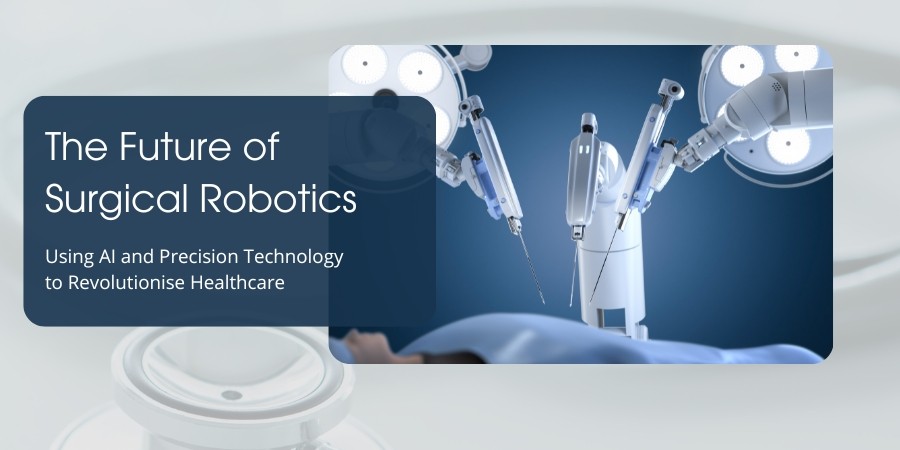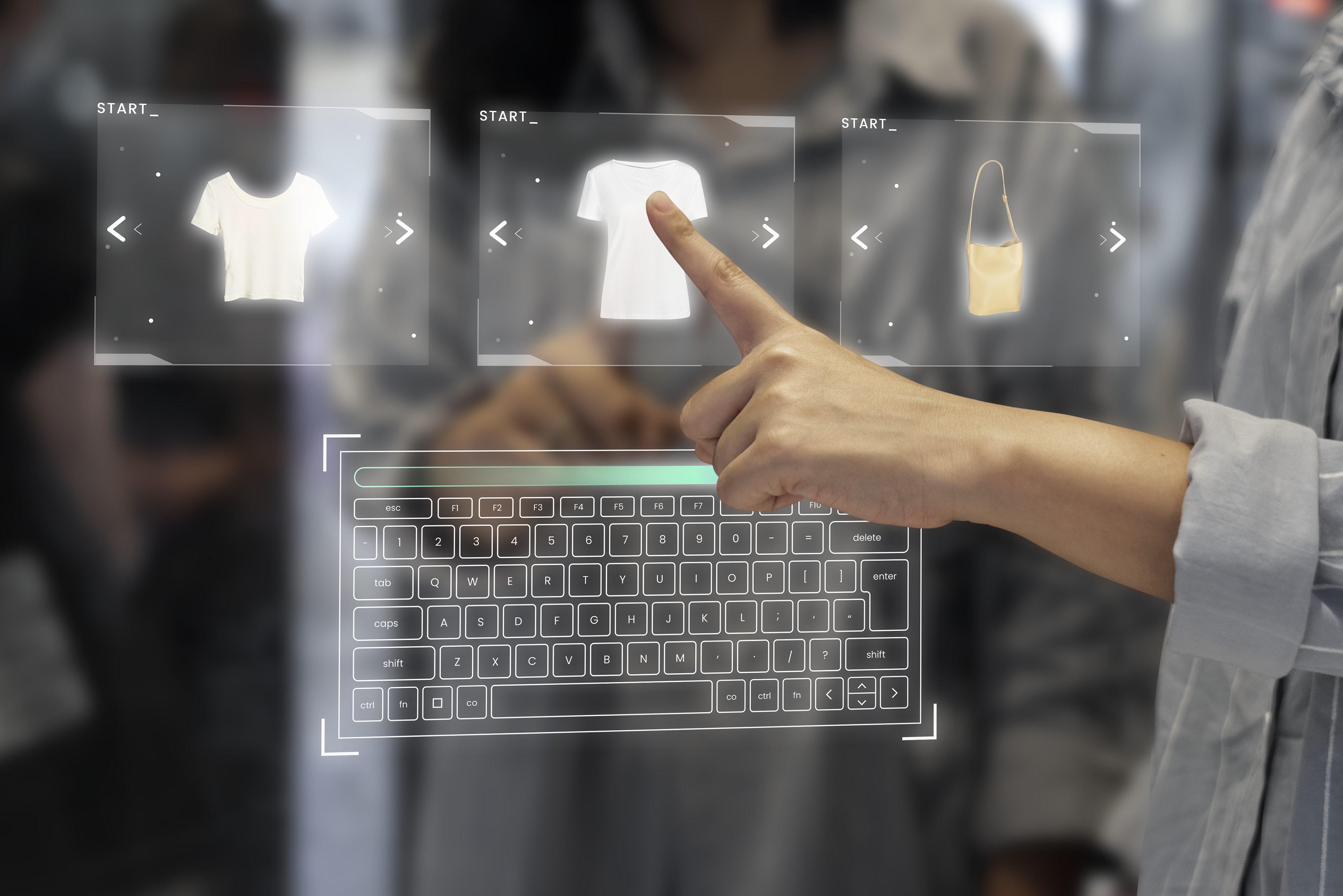Market Overview
The global surgical robotics market is ready for significant growth from 2024 to 2029, inspired by AI, real-time imaging, and precise robotics progress. Locators are the major factors promoting this expansion, increasing the infrastructure and expansion by increasing investment and AI-assisted surgery. The market is revolutionizing minimum invasive processes in various specialties, increasing surgical accuracy and improving patient results.
The global surgical market will increase from $7.9 billion in 2024 to $17.5 billion by 2029, representing a strong mixed annual growth rate (CAGR) of 17.2% during the forecast period.
The surgical robotics market is driven by AI integration, demanding less invasive treatments, increasing patient results, cost capacity through scale economies, expansion in emerging markets, telerobotics (5G) and nanorobotics, and hospitals and ASC. Due to growing adoption, recuperation times are accurate and quick.
Market Challenges and Opportunities
Integration of robot surgery in the healthcare system presents important challenges and promising opportunities.
Challenges:
- High capital and maintenance costs: The initial investment for robot surgical systems is sufficient, often exceeding units. However, the need for ongoing maintenance and special equipment contributes to overall expenditures of $1 million, making it difficult for many health facilities to adopt this technique.
- Regulatory complications: Navigating diverse regulatory structures in various countries complicates surgical robot acceptance and deployment. Ensuring compliance with separate standards may delay market entry and increase costs for manufacturers and healthcare providers.
- Need for special training: Surgeons require extensive training to use robotic systems. Khadi's learning state and the limited availability of training programs can obstruct widespread adoption, especially in areas with educational resources.
- Insurance Coverage: In 2019, IRDAI mandated health insurance coverage for robotic surgery, covering hospitalization, surgery, and ICU costs if performed by trained surgeons. Coverage may have sub-limits, co-payments, and 1-4 year waiting periods. India saw 12,800+ procedures across 66 centers.
Opportunity:
- Technological progress: Innovations such as extended imaging, artificial intelligence integration, and better, more accurate, and accessible robotic feedback, robotic surgery make their application wider in various medical fields.
- Cost reduction through the economies of scale: more competitive as production scales enter the market, the per-unit cost of the surgical robot is decreasing. This trend makes technology more affordable for a wide range of healthcare providers, which facilitates widespread adoption.
- Increasing demand for accurate surgery: The patient's priority for the least increase in invasive processes and the fast recovery time is demanding for robot surgery, which is known to reduce their accuracy and post-operative complications.
- Capacity to grow in emerging markets: Areas such as Asia-Pacific and Latin America invest in healthcare infrastructure, offering important opportunities to adopt surgical robots as these markets modernize.
Key End-Users Driving Market Expansion
In 2025, surgical robotics are expected to see significant progress in various healthcare settings:
- Hospitals: The adoption of surgical robots in hospitals has been strong since the beginning of 2025. Companies like Spontaneous Surgical reported an 18% increase in processes using their right system in the last year. This trend, inspired by the demand for minimally invasive processes, is expected to continue.
- Ambulatory Surgery Center (ASCS): The development of more compact and cost-effective robotic systems makes it possible to incorporate this technique, increasing their ability to perform outpatient processes with greater accuracy. This change is estimated to improve patient results and operational efficiency.
- Special clinics: Special clinics, especially in areas such as urology and orthopedics, are interested in rapid robot systems in their practices. The accuracy given by these technologies is increasing the quality of care in special processes.
- Research Institute: Research institutes are at the forefront of integrating artificial intelligence with surgical robotics. In April 2024, innovations such as the Seenni Surgical System received FDA approval, demonstrating regional progress. This growth is paving the way for more advanced and automated surgical processes.
Technological Advancements Fueling Growth
- Promoted surgical accuracy: AI-operated robotic-assisted surgery will improve accuracy and reduce errors, resulting in better patients.
- Advanced decisions: Hyptic feedback, 3D visualization, and integration of machine learning algorithms will refine, prepare, and refine planning and intraoperative decisions.
- Remote Robotic Surgery: With 5G and telemedicine support, distance processes will enable surgeons to operate from distant places, increasing access to expert care.
- Comprehensive Healthcare Access: Tele-robotic surgery will increase healthcare access, especially in rural and underserved areas, providing patients with special surgical services.
- Better patient results: Complications will be reduced by combining AI and robotics, reduced recovery time, surgical success will increase the rate, and the overall patient will contribute to better patient health.
- Nanorobotics: Nanorobotics is an emerging area for adoption in 2026 and 2027. These microrobots can revolutionize the drug by enabling targeted drug distribution, accurate surgical intervention, and real-time health monitoring at cellular levels. Progress in nanotechnology and material science is running the development of nanorobots capable of navigating the human body to diagnose and treat diseases with unprecedented accuracy.
Expert Views: Top Specialties Adopting Surgical Robotics
Surgical robotics is receiving traction in many medical specialties, with rapid adoption in the following areas:
- Oncology Surgery: AI increases tumor streak by accurately outlining, reducing manual partition time, and assisting the variation between supervisors. This accuracy improves the results of the patient. PMC
- Cardiovascular Surgery: Robotic systems like the da Vinci have been employed in cardiac surgery. These systems provide increased accuracy and three-dimensional vision, which helps in minimally invasive heart processes.
- Orthopedic: The surgical robotics market is expanding in Gujarat, inspired by the demand for robot-assisted knees (2,000–2,500 monthly). Despite the cost of -6 crore per system, hospitals attract patients through the advanced technology appeal and marketing. Challenges include transplantation compatibility and limited coverage under government schemes, yet the demand continues to increase.
- PMC Neurosurgery: AI has significant potential in neurosurgery. It supplements neurosurgeons' capabilities to improve patients with optimal traditional treatments. To increase the results, neurosurgeons can be assisted in decision-making during surgical intervention, non-conventional.
- Urology: Robotic surgery excels in delicate processes such as the radical prostate, where it is important to preserve urinary continuity and sexual power. In kidney cancer, robot surgery enables the removal of the exact tumor, which preserves renal function with minimum damage to the surrounding healthy tissue.
Consumer Psychology: Patient and Surgeon Perspectives
- Priorities and benefits of the patient: Patients are prepared for robot-assisted surgery for minimal scarring, rapid recovery time, and increased surgical precision. These procedures often reduce hospital post-operative pain, and a low risk of complications, leading to composite patient satisfaction and quality of life.
- Surgeon benefits and better results: Robot-assisted systems increase the surgeon's mastery, reduce physical fatigue, and improve control of complex processes. Advanced 3D visualization and accurate instrument movements contribute to improved surgical results, low operational time, and reduced human error in high-precision processes.
- Patient awareness and challenges in faith: Despite technological progress, limited public awareness and misunderstanding about adopting security barriers. Systems contribute to hesitant procedural costs and surgeon control levels, emphasizing the need for educational campaigns and transparent communication.
- Importance of training and surgeon adoption: Effective training programs and hands-on experiences are essential for surgeons to use a complete robot system. Surgeons desire to recommend robot processes, widely adopt them, and ensure patient results as confidence and proficiency increase.
- Role of technology and innovation: AI integration, haptic reaction, and continuous progress in remote-assisted surgery are expanding the scope of robotic processes. These innovations promise to increase patient access in high-accuracy, low-recovery-period, remote, or underserved areas.
- Market Growth and Cost Challenges: Growing demand for minimally invasive procedures drives market expansion, but high system costs and maintenance expenses remain barriers. Insurance coverage gaps and affordability concerns limit access, highlighting the need for cost-effective solutions and value-based care models.
Our Perspectives
Surgical robots have the potential to transform healthcare in the future completely. Ingenious, secure, and more effective surgical solutions are being developed through AI, robots, and data analytics. Businesses that make R&D investments favor strength and encourage strategic alliances. Surgical robotics are becoming necessary rather than elective as healthcare shifts to more precise and minimally invasive operations. Those that get the first adoption have a rare chance to set new benchmarks for surgical quality worldwide, in addition to the market following an unparalleled development.
Access our "Global Surgical Robots Market (2024-29)" research to learn how surgical robots can improve healthcare. Significant market trends, new development prospects, and activity in industry-specific applications are reshaping the future of surgery. Whether you are a decision-maker, innovator, or investor, our research will provide the information you need to stay ahead in this changing market.
Contact our experts today to learn more about how our industry insights data can help you manage strategic development, drive innovation, and transform insight into amazing strategies.





